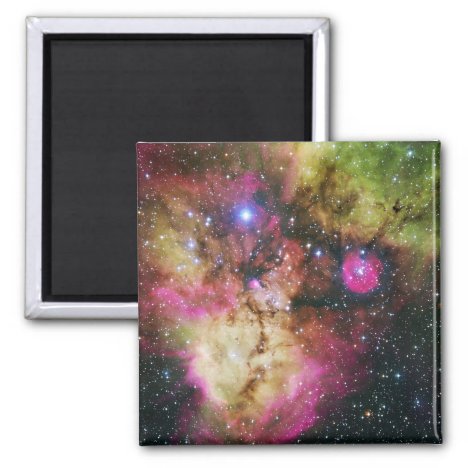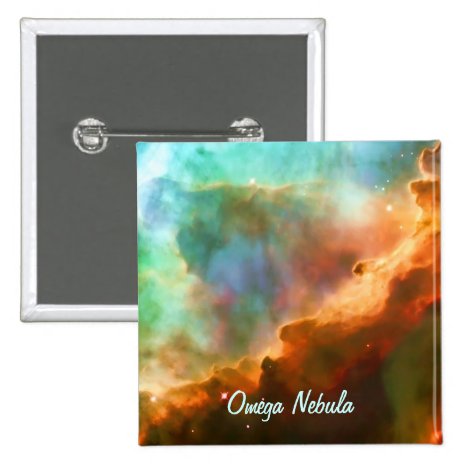Today, in Vilnius, Lithuania, CERN Director General, Fabiola Gianotti, and the Minister of Foreign Affairs of the Republic of Lithuania, Linas Linkevičius, in the presence of the President of the Republic of Lithuania, Dalia Grybauskaitė, signed the Agreement admitting Lithuania as an Associate Member of CERN. The last step for the Agreement to enter into force requires final approval by the Government of Lithuania.
“Signing an agreement with CERN means recognition of Lithuanian science and talents as well as our common efforts in strengthening research, innovation and centres of excellence in the Baltic region,” said Dalia Grybauskaitė, President of the Republic of Lithuania. “We are proud of this Associate Membership - cooperation with CERN gives a new impetus for economic growth, provides an opportunity for us to take part in global research and opens a wide horizon for our youth.”
“The involvement of Lithuanian scientists at CERN has been growing steadily over the past decade, and Associate Membership can now serve as a catalyst to further strengthen particle physics and fundamental research in the country,” said Fabiola Gianotti. “We warmly welcome Lithuania into the CERN family, and look forward to enhancing our partnership in science, technology development and education and training.”
Lithuania’s relationship with CERN dates back to 2004, when an International Cooperation Agreement was signed between the Organization and the government of the Republic of Lithuania. This set priorities for the further development of scientific and technical cooperation between CERN and Lithuania in high-energy physics. One year later, in 2005, a Protocol to this Agreement was signed, paving the way for the participation of Lithuanian universities and scientific institutions in high-energy particle physics experiments at CERN.
Lithuania has contributed to the CMS experiment since 2007 when a Memorandum of Understanding (MoU) was signed marking the beginning of Lithuanian scientists’ involvement in the CMS collaboration. Lithuania has also played an important role in database development at CERN for CMS data mining and data quality analysis. Lithuania actively promoted the BalticGrid in 2005, allocating 100,000 CPU hours to CMS in 2007.
In addition to its involvement in the CMS experiment, Lithuania is part of two collaborations that aim to develop detector technologies to address the challenging upgrades needed for the High-Luminosity LHC.
Since 2004, CERN and Lithuania have also successfully collaborated on many educational activities aimed at strengthening the Lithuanian particle physics community. Lithuania has been participating in the CERN Summer Student programme and 53 Lithuanian teachers have taken part in CERN’s high-school teachers programme.
Associate Membership will allow Lithuania to take part in meetings of the CERN Council and its committees (Finance Committee and Scientific Policy Committee). It will also make Lithuanian nationals eligible for limited-duration staff appointments. Last but not least, Lithuanian industry will be entitled to bid for CERN contracts, opening up opportunities for industrial collaboration in areas of advanced technology.


